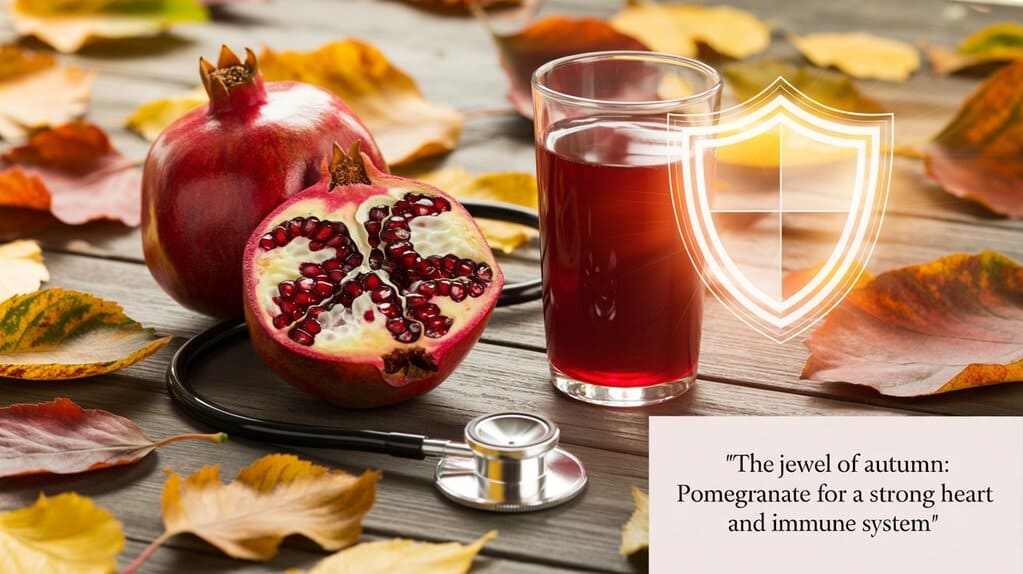
Introduction
Summer is often synonymous with joy, freedom, and outdoor adventures—especially for children. Whether it’s days at the beach, trips to the park, or summer sports camps, the warmer months offer kids a unique opportunity to explore and grow. However, summer also brings specific health and safety risks for children, ranging from heat exhaustion to sunburn, dehydration, and water-related injuries.
Understanding the unique vulnerabilities of children during summer, and taking steps for prevention and protection, is crucial to ensure a safe, enjoyable, and healthy season for your little ones.
This article explores the main summer hazards children face, preventive strategies, and recommendations backed by scientific studies, medical associations, and reputable sources like Wikipedia, The American Academy of Pediatrics, and peer-reviewed medical journals.
The Unique Vulnerabilities of Children in Summer
Children are not simply “small adults”—their physiology and behavior make them particularly susceptible to summer-related risks.
1. Immature Thermoregulation
Children’s bodies are still developing and cannot regulate heat as effectively as adults. Their sweat glands are not fully functional, which reduces their ability to cool off.
🧬 According to a 2023 study published in The Journal of Pediatrics, children under the age of 10 are at a 30–50% higher risk of heat-related illness during extreme temperature events compared to adolescents and adults.
2. More Time Outdoors, Less Awareness
During summer break, children spend more time playing outside—often unaware of their limits. They may ignore early signs of fatigue, thirst, or sunburn.
📘 Wikipedia notes that children are also less likely to reapply sunscreen, wear hats, or take hydration breaks without adult supervision.

Common Summer Health Risks for Children
☀️ 1. Sunburn and Skin Damage
Children’s skin is thinner and more delicate, making it more prone to UV-induced burns and long-term DNA damage.
🔬 The American Academy of Dermatology emphasizes that one severe sunburn during childhood doubles the risk of skin cancer later in life.
🔎 Prevention Tips:
- Apply broad-spectrum sunscreen (SPF 50) every 2 hours.
- Encourage wearing wide-brimmed hats, UV sunglasses, and UPF-rated clothing.
- Avoid outdoor play between 10 a.m. and 4 p.m., when UV rays are strongest.
🌡️ 2. Heatstroke and Dehydration
Heatstroke is the most serious heat-related condition and can be life-threatening. Children dehydrate faster due to a higher surface-area-to-body-weight ratio.
💡 The Centers for Disease Control and Prevention (CDC) lists children under 4 years old among the most vulnerable to heat-related deaths.
🔎 Signs of Heat Exhaustion:
| Symptom | Description |
|---|---|
| Heavy sweating | Unusual for light activity |
| Dizziness | May appear tired or off-balance |
| Cool, clammy skin | Despite heat exposure |
| Nausea or vomiting | Especially after physical exertion |
🧃 Hydration Guidelines:
| Age Group | Daily Water Intake |
|---|---|
| 1–3 years | ~1.3 liters (5.5 cups) |
| 4–8 years | ~1.7 liters (7 cups) |
| 9–13 years | ~2.1–2.4 liters (8–10 cups) |
🧪 A 2022 study in The Journal of Nutrition found that up to 60% of school-aged children are mildly dehydrated during summer months, impacting mood, focus, and physical endurance.
🌊 3. Water-Related Accidents
Drowning is one of the leading causes of accidental death in children, especially in summer.
🩺 According to the World Health Organization (WHO), children under 5 are at the highest risk of drowning, particularly in unsupervised pools.
🔎 Prevention Measures:
- Always supervise kids near any body of water.
- Use coast guard-approved life jackets.
- Enroll children in age-appropriate swimming lessons.
- Ensure pools are gated with self-locking fences.
🦟 4. Insect Bites and Allergic Reactions
Warm weather attracts insects like mosquitoes, ticks, and bees, which can cause itching, infections, or even severe allergic reactions.
📖 According to Mayo Clinic, some children develop anaphylaxis after bee stings or tick bites, requiring immediate emergency care.
🛡️ Protection Strategies:
- Apply DEET-based insect repellent sparingly (avoid overuse on hands or near eyes).
- Dress children in long-sleeved, light-colored clothing during forest or evening outings.
- Conduct tick checks after hiking or camping.

Essential Summer Safety Practices for Children
✅ 1. Dress Smartly
Choose breathable, light-colored fabrics to reflect sunlight and allow airflow.
👕 Recommended Summer Clothing:
| Item | Benefit |
|---|---|
| UPF shirt | UV protection |
| Cotton shorts | Breathable and cool |
| Sun hat | Face and scalp coverage |
| Water shoes | Prevent slips and foot burns |
✅ 2. Teach Sun Safety Habits Early
Make sun care routines fun and interactive:
- Use colorful sunscreen bottles.
- Create “shade races” to reach an umbrella or tree.
- Set timers for hydration breaks every 30 minutes.
✅ 3. Stay Informed with the UV Index
Check the daily UV Index and heat advisories using weather apps before planning outdoor activities.
📱 The Environmental Protection Agency (EPA) and apps like UVLens help parents track real-time sun exposure risk and suggest safe activity times.

Special Considerations for Infants and Toddlers
🚼 Infants Under 6 Months
- Keep them out of direct sunlight entirely.
- Dress in lightweight long sleeves and use stroller shades.
- Avoid using sunscreen on infants unless recommended by a pediatrician.
👶 Toddlers and Young Children
- Use child-safe sunscreen with zinc oxide or titanium dioxide.
- Offer water frequently, even if they don’t ask.
- Be vigilant about signs of heat rash and sun sensitivity.
Educational and Fun Activities That Promote Safety
You can keep kids safe without restricting fun.
🎨 Engaging Summer Ideas:
| Activity | Safety Focus |
|---|---|
| DIY shade tent building | Promotes awareness of sun protection |
| Frozen fruit snacks | Encourages hydration and nutrition |
| Nature walks | Teach insect safety and sun exposure awareness |
| Water painting on concrete | Safe outdoor play without heat exhaustion |
Conclusion: A Season of Joy and Vigilance
Summer should be a season of freedom, discovery, and health for children—not one marked by preventable injuries or illnesses. By understanding the scientific risks, embracing modern protective measures, and encouraging sun-safe habits, parents can ensure their children enjoy summer in the safest and healthiest way possible.
✅ Key Takeaways:
- Hydration, shade, UV protection, and adult supervision are critical.
- Make safety habits fun and educational for kids.
- Stay updated with UV Index levels, heat warnings, and tick alerts.
A little prevention today ensures a summer full of smiles tomorrow.
References
- Children and heat safety – Wikipedia
- The American Academy of Pediatrics (2023) – “Sun Safety for Children”
- The Journal of Pediatrics (2023) – “Thermoregulation in Children”
- The Journal of Nutrition (2022) – “Hydration status in school-aged children”
- CDC.gov – “Heat-Related Illnesses in Young Children”
- Mayo Clinic – “Child insect allergy and first-aid”
- EPA.gov – “UV Index Forecast Tool”
- World Health Organization (WHO) – “Global report on drowning: preventing a leading killer”
- American Academy of Dermatology – “Children and sunscreen: what parents should know”







